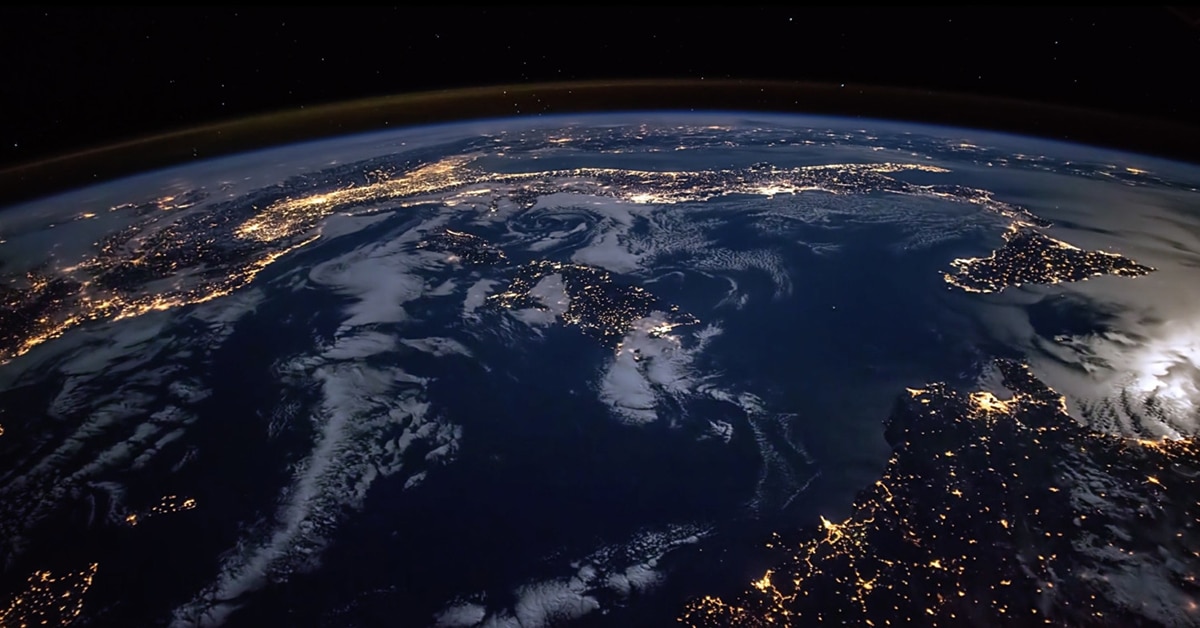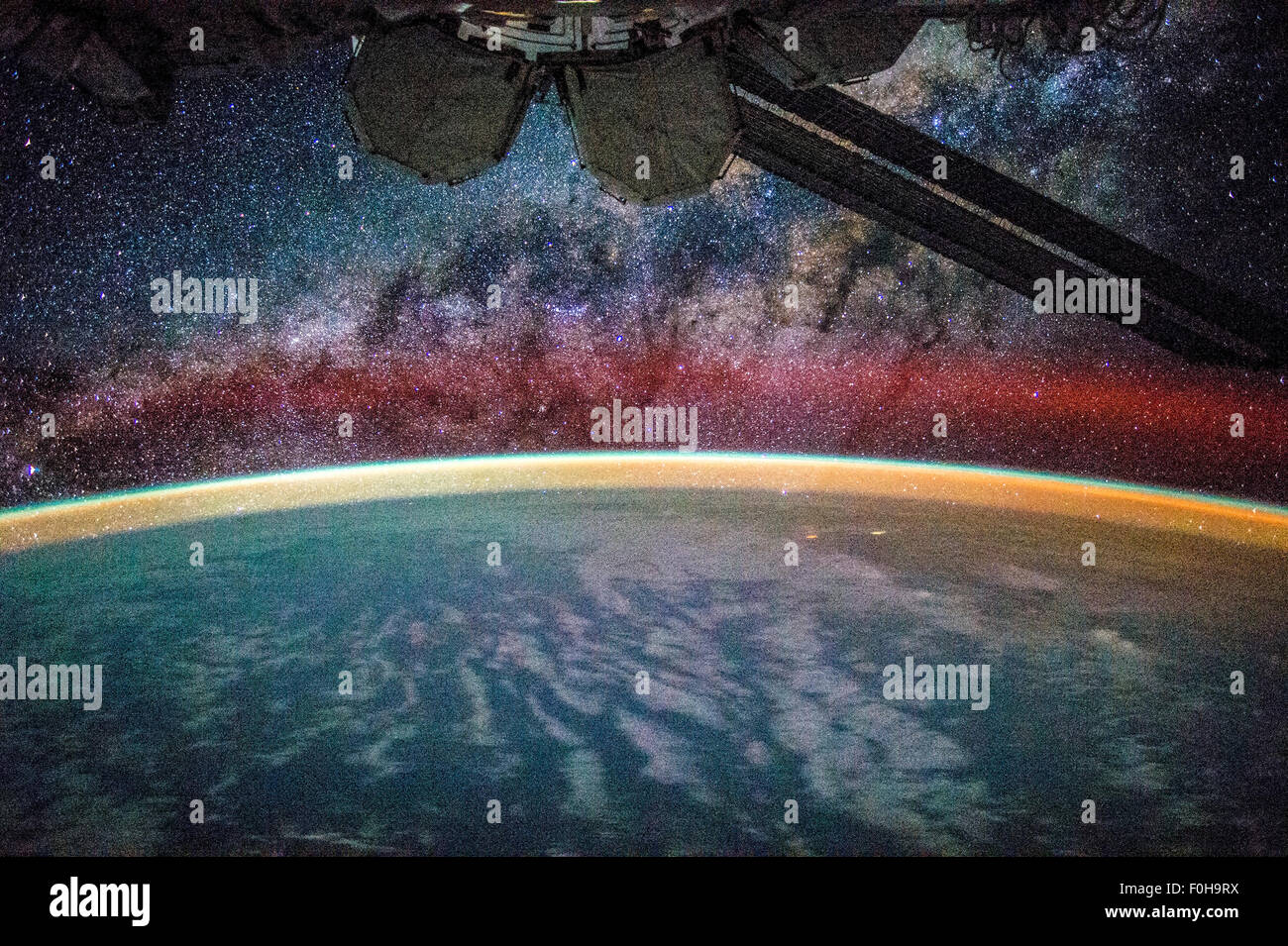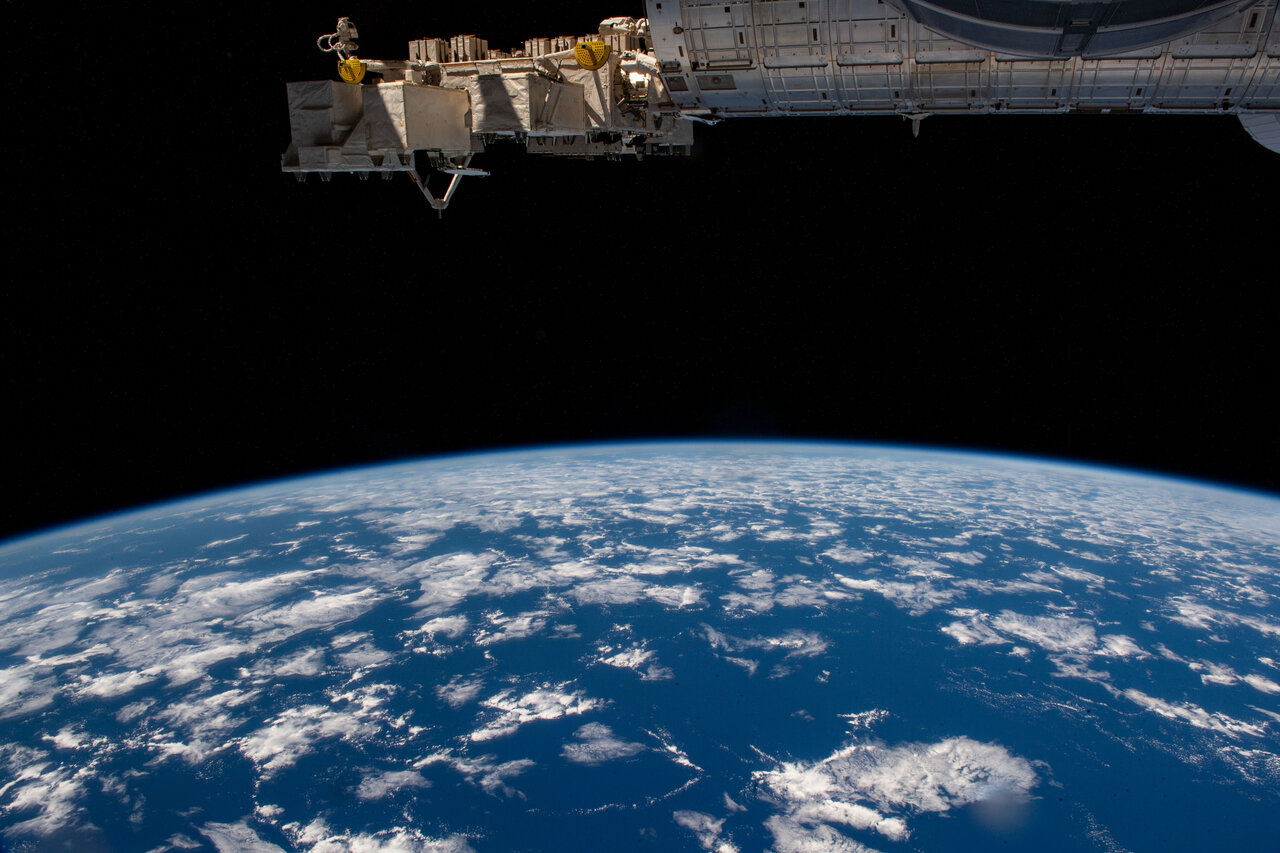

A joint U.S./Japan science team is responsible for validation and calibration of the instrument and data products. The instrument was built by Japan's Ministry of Economy, Trade and Industry. With its 14 spectral bands from the visible to the thermal infrared wavelength region and its high spatial resolution of about 50 to 300 feet (15 to 90 meters), ASTER images Earth to map and monitor the changing surface of our planet and is one of five Earth-observing instruments launched Dec. The image, acquired in October 2004, is a composite of ASTER bands 4-2-1 displayed in RGB. Found upon these rocks are 3.45 billion-year-old fossil stromatolites, colonies of microbial cyanobacteria. The iron-rich rocks formed before the presence of atmospheric oxygen, and life itself. So space fans are excited that an experienced astronaut and astrophotographer is sharing some of the amazing photos he took ten years ago.Įarlier we reported how the astronaut struck with photos of the “amazing world”.From NASA: The Pilbara in northwestern Australia exposes some of the oldest rocks on Earth, over 3.6 billion years old.

Pettit’s last space trip took place in 2012. Photo: Wikipedia View of the Earth from the Cupola module. Cupola module, view from outside the ISS. But basically Cupola is an important workplace, because astronauts can use it to monitor and assist not only during spacewalks, but also during the arrival and departure of spacecraft.

This makes it a popular place for astronauts to go and relax during their free time. Thanks to the seven windows of the Cupola module, the best view of the Earth and deep space opens. Photo of astronaut Don Pettit of Earth from orbit with a long exposure. This picture caused a great resonance in the network. Astrophotography can find fascinating ways to combine science and art,” the astronaut wrote on his Twitter page.Ī few days earlier, a long-exposure photograph of the astronaut showed the lights of the Earth and traces of stars from a different angle. “Below, the lights of the city shimmer with orange stripes, and in the lower left corner, faint star trails are visible, showing the rotation of the Earth. In fact, this is a photo of the Earth taken with a long exposure through the windows of the Cupola module of the space station.

Someone might think that this is a Death Star or some strange gadget. Authorship: Don PettitĪt first glance, it is very difficult to understand what the photo really displays. Incredible photo of the Earth from the Cupola module. Three-time space station guest Don Pettit posted an amazing photo on his Twitter account on Monday. An American astronaut shared a unique image of the Earth taken from the International Space Station (ISS).


 0 kommentar(er)
0 kommentar(er)
